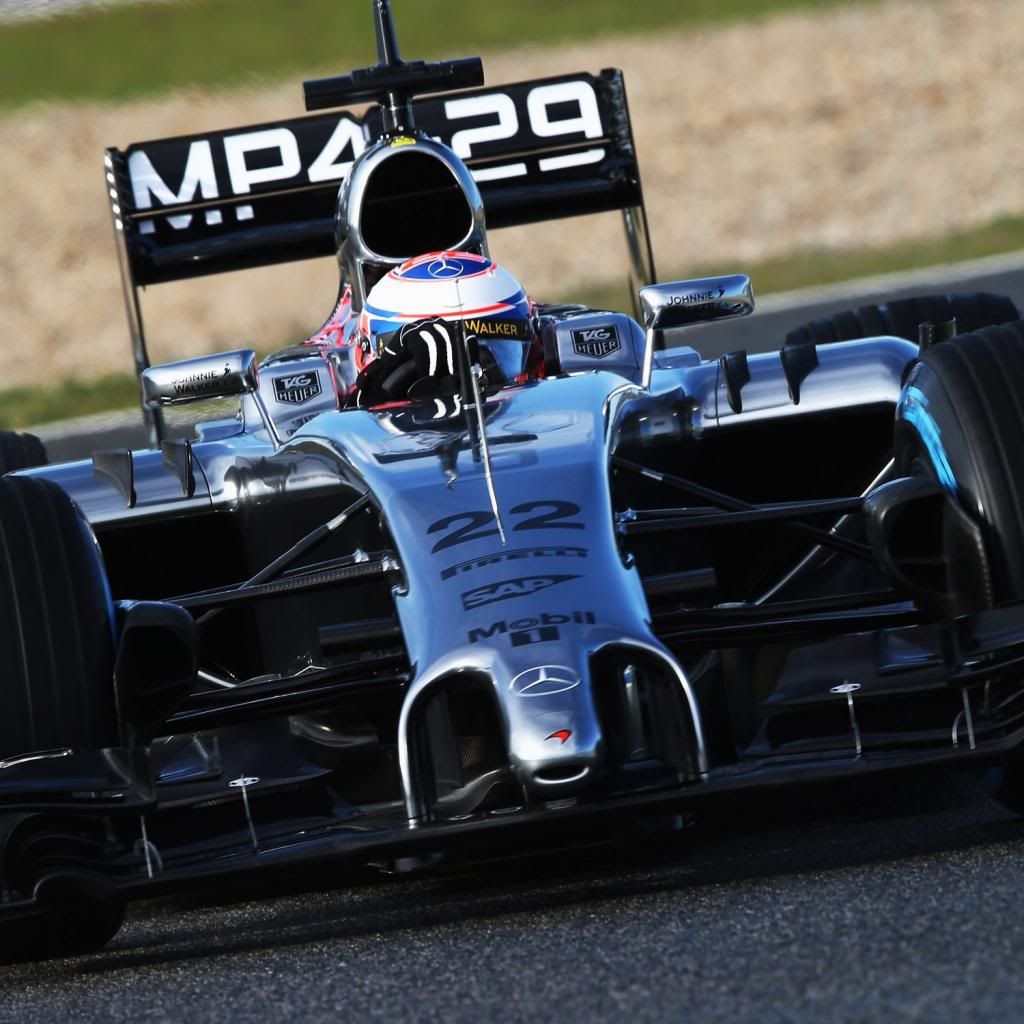- Login or Register
No account yet? Sign up

I guess.... it has to do with the interpretations of the rules... movable aero wasn't allowed but, officially the fan was for engine cooling, so it was allowed (the car actually wasn't banned right away, Ecclestone, who was already busy trying unite the manufacturers to make a s-load of money pulled it himself to keep the peace). Also, the Brabham used the engine itself to drive the fan while the Chaparral used one or two lawnmower engines I believe.NathanOlder wrote: ↑22 Sep 2020, 23:13I can't answer the question in the original post, but I do have a question on the subject of the Brabham Fan Car. Does anyone know why it was 8 years or so between the Chaparral 2J sucker car, and the Fan car in F1. Why so long? Was it simply down to no one thinking it was legal until Brabham came up with an excuse to use it in the way they did?
I think he refers to something similar to this. https://en.wikipedia.org/wiki/Ion_windraymondu999 wrote: ↑22 Sep 2020, 22:50Do you mean "bladeless"fans such as the Dyson? Those actually have fans.
And I assume you mean the BRABHAM (rather than ALFA ROMEO) bt46b
Nobody put 2 and 2 together about the "primary" purpose of the fan being for cooling. It was necessity because Murray couldn't fit ground effect tunnels around the flat Alfa engine. He even jokes somewhere that he was p/o'd because he aimed for 45:55 downforce:cooling but when the FISA/FIA measured it with anemometers it was closer to 40:60NathanOlder wrote: ↑22 Sep 2020, 23:13I can't answer the question in the original post, but I do have a question on the subject of the Brabham Fan Car. Does anyone know why it was 8 years or so between the Chaparral 2J sucker car, and the Fan car in F1. Why so long? Was it simply down to no one thinking it was legal until Brabham came up with an excuse to use it in the way they did?
I think the technology he means is this:raymondu999 wrote: ↑22 Sep 2020, 22:50Do you mean "bladeless"fans such as the Dyson? Those actually have fans.
And I assume you mean the BRABHAM (rather than ALFA ROMEO) bt46b
I think this is the type of tech F1 should pursue instead of the reverse engineered aviation aero crap. Such could have road car applications for both performance and efficiency.. esp when teamed with dynamic chassis geometry and more powerful battery design.jh199 wrote: ↑25 Sep 2020, 00:16This is a really cool idea! Here's another link further describing how ionic propulsion works.
https://www.youtube.com/watch?v=boB6qu5dcCw&t=1m40s
I could imagine using this tech one day near the diffuser to increase its angle while keeping the flow attached. You could have a high positive voltage just before the diffuser bends upwards and then have a high negative voltage at the rear edge of the diffuser. This could effectively increase the diffuser angle, much like the new T.50's does with the fan, without using any movable aerodynamic parts.
I totally agree. Although with this tech in particular I'm not sure how safe it would be to have an exposed wire running at 20,000 voltsScorpaguy wrote: ↑25 Sep 2020, 04:24I think this is the type of tech F1 should pursue instead of the reverse engineered aviation aero crap. Such could have road car applications for both performance and efficiency.. esp when teamed with dynamic chassis geometry and more powerful battery design.jh199 wrote: ↑25 Sep 2020, 00:16This is a really cool idea! Here's another link further describing how ionic propulsion works.
https://www.youtube.com/watch?v=boB6qu5dcCw&t=1m40s
I could imagine using this tech one day near the diffuser to increase its angle while keeping the flow attached. You could have a high positive voltage just before the diffuser bends upwards and then have a high negative voltage at the rear edge of the diffuser. This could effectively increase the diffuser angle, much like the new T.50's does with the fan, without using any movable aerodynamic parts.
